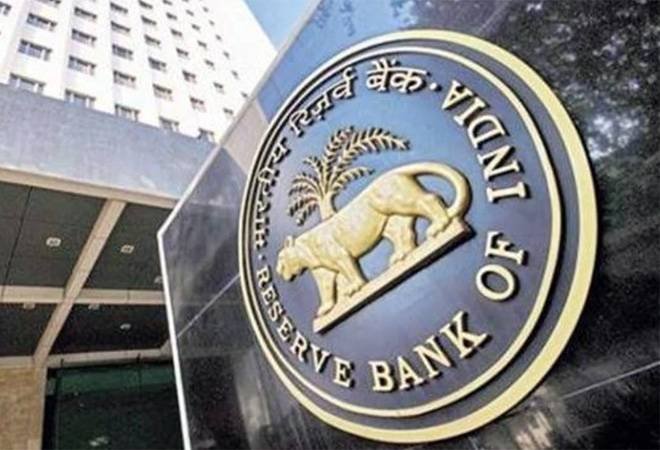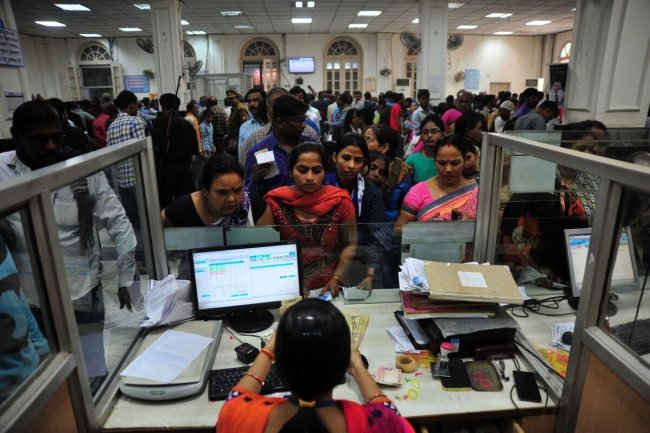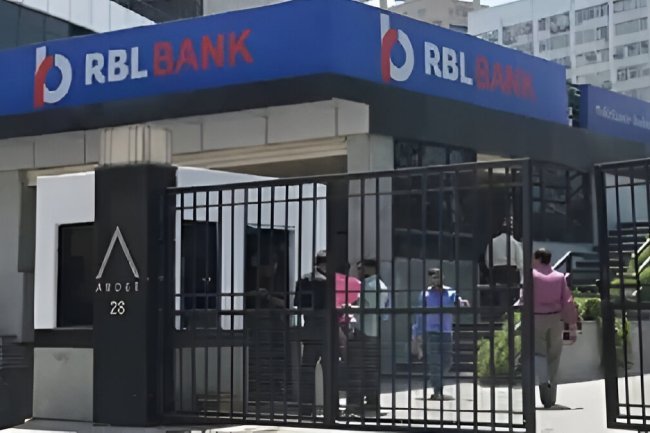RBI Directs Regulated Entities to Conduct Internal Risk Assessments for Money Laundering and Terror Financing
The RBI has instructed regulated entities to conduct internal risk assessments to identify and mitigate threats from money laundering, terror financing, and proliferation financing. This step is crucial to safeguarding financial institutions from elevated risks in an evolving business environment.

RBI Directs Regulated Entities to Conduct Internal Risk Assessments for Money Laundering and Terror Financing
The Reserve Bank of India (RBI) has instructed all regulated entities (REs) to perform internal risk assessments (IRA) of their business models and customer relationships to identify potential threats from money laundering (ML), terror financing (TF), and proliferation financing (PF). In its guidance issued on Thursday, the central bank emphasized the increasing risks posed by evolving financial products, emergent technologies, and new payment methods.
The RBI highlighted that these risks could multiply in the dynamic business environment, making financial institutions more vulnerable to being exploited for illegal activities. According to the guidance, a comprehensive enterprise-level risk assessment is crucial for REs to understand their exposure and determine how best to allocate resources to mitigate the risks.
The RBI stressed the need for robust control measures to prevent institutions from being used for illicit activities and to protect them from reputational and financial damage. These assessments, said the RBI, should be tailored to the complexity and size of the institution.
The note also underlined that REs face additional risks when entering business relationships or conducting occasional transactions for walk-in customers. As such, the RBI called for dual-level risk assessments, ensuring that both the business model and individual transactions are carefully monitored to prevent exposure to ML, TF, and PF risks.
Click Here to Visit
What's Your Reaction?
















